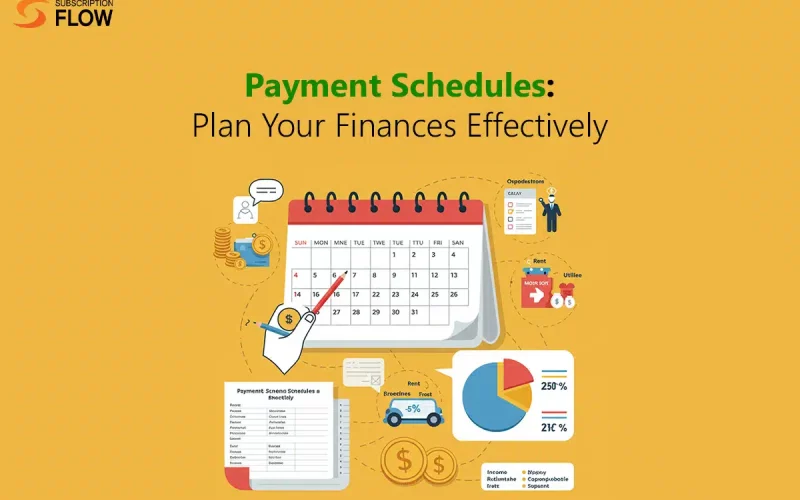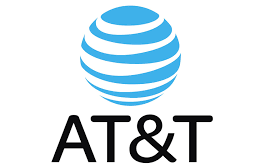In today’s fast-paced digital economy, subscription-based businesses are booming—from SaaS platforms and e-commerce boxes to streaming services and digital learning tools. Yet behind every successful subscription model lies a critical financial component that often doesn’t get the spotlight it deserves: payment schedules.
A well-structured payment schedule does more than automate billing. It enhances customer satisfaction, improves cash flow, reduces churn, and strengthens long-term business stability. For subscription businesses looking to scale, mastering payment scheduling isn’t optional—it’s essential.
What Is a Payment Schedule?
At its core, a payment schedule is a predefined plan that outlines when and how often a customer will be charged for the subscription service. These schedules may be:
-
Weekly
-
Monthly
-
Quarterly
-
Annually
-
Custom intervals (e.g., bi-weekly or every 45 days)
The flexibility in designing these intervals allows businesses to align revenue cycles with customer needs, business goals, and market expectations.
Why Payment Scheduling Matters in Subscriptions
When a business fails to implement smart payment scheduling, it faces the risk of unpredictable cash flow and customer dissatisfaction. However, a streamlined schedule brings numerous benefits:
1. Predictable Revenue Stream
A consistent payment schedule ensures that revenue flows into your business regularly. Monthly or annual billing cycles help forecast income, allocate budgets, and make informed growth decisions.
2. Enhanced Customer Experience
Customers value transparency and simplicity. A clear, regular billing cycle builds trust, especially when automated reminders or invoices are included. Options like pro-rata billing or pause/resume features also enhance flexibility.
3. Reduced Churn
Poor billing experiences—like unexpected charges or billing errors—can cause customers to cancel. A reliable payment schedule with automated retries on failed payments can significantly reduce involuntary churn.
4. Better Financial Planning
Businesses can use payment schedules to segment customers, evaluate revenue per customer type, and plan discounts or offers more effectively based on payment frequency.
Fixed vs. Flexible Payment Schedules
Modern subscription management platforms like SubscriptionFlow provide the ability to design both fixed and flexible payment schedules.
-
Fixed Payment Schedules: Ideal for standard SaaS plans where customers pay on the same day each month or year.
-
Flexible Payment Schedules: Suitable for custom enterprise clients, seasonal products, or usage-based pricing models.
With flexibility, businesses can cater to different user segments—e.g., offering annual billing discounts to long-term clients or monthly billing for those who prefer lower upfront costs.
How Automation Enhances Payment Scheduling
Manual billing is not only time-consuming but prone to errors. This is where automation becomes a game-changer. Platforms like SubscriptionFlow offer:
-
Automated invoicing and payment collection
-
Dunning management (retry logic for failed payments)
-
Custom billing intervals
-
Real-time analytics on payment performance
These features ensure that businesses can set it and forget it—without compromising on financial control or customer service.
Payment Schedules and Compliance
Another overlooked aspect is compliance. Subscription businesses often operate across borders, dealing with various currencies and tax laws. Proper payment scheduling ensures:
-
On-time VAT/GST inclusion
-
Currency conversion handling
-
Adherence to local regulatory requirements
This not only prevents legal issues but also ensures a smoother customer experience internationally.
Best Practices for Setting Up Payment Schedules
Here are a few tips to get the most out of your payment schedules:
-
Offer multiple billing frequencies – Let customers choose between monthly, quarterly, and annual options.
-
Provide clear billing communication – Always send email reminders before and after a charge.
-
Incentivize long-term billing – Offer discounts on annual plans to increase customer lifetime value.
-
Utilize automated dunning processes – Recover failed payments with smart retry strategies.
-
Analyze and optimize – Use analytics to see which payment frequencies perform best.
Final Thoughts
Payment schedules are not just about collecting money—they are a vital part of the customer journey and business success. Whether you’re launching a new subscription offering or scaling an established one, building flexible, automated, and customer-centric payment schedules can make all the difference.
With tools like SubscriptionFlow, businesses can go beyond basic billing and create tailored payment experiences that drive retention, revenue, and long-term loyalty.
Payment Schedules and Compliance
Another overlooked aspect is compliance. Subscription businesses often operate across borders, dealing with various currencies and tax laws. Proper payment scheduling ensures:
-
On-time VAT/GST inclusion
-
Currency conversion handling
-
Adherence to local regulatory requirements
This not only prevents legal issues but also ensures a smoother customer experience internationally.
Best Practices for Setting Up Payment Schedules
Here are a few tips to get the most out of your payment schedules:
-
Offer multiple billing frequencies – Let customers choose between monthly, quarterly, and annual options.
-
Provide clear billing communication – Always send email reminders before and after a charge.
-
Incentivize long-term billing – Offer discounts on annual plans to increase customer lifetime value.
-
Utilize automated dunning processes – Recover failed payments with smart retry strategies.
-
Analyze and optimize – Use analytics to see which payment frequencies perform best.
Final Thoughts
Payment schedules are not just about collecting money—they are a vital part of the customer journey and business success. Whether you’re launching a new subscription offering or scaling an established one, building flexible, automated, and customer-centric payment schedules can make all the difference.
With tools like SubscriptionFlow, businesses can go beyond basic billing and create tailored payment experiences that drive retention, revenue, and long-term loyalty.












